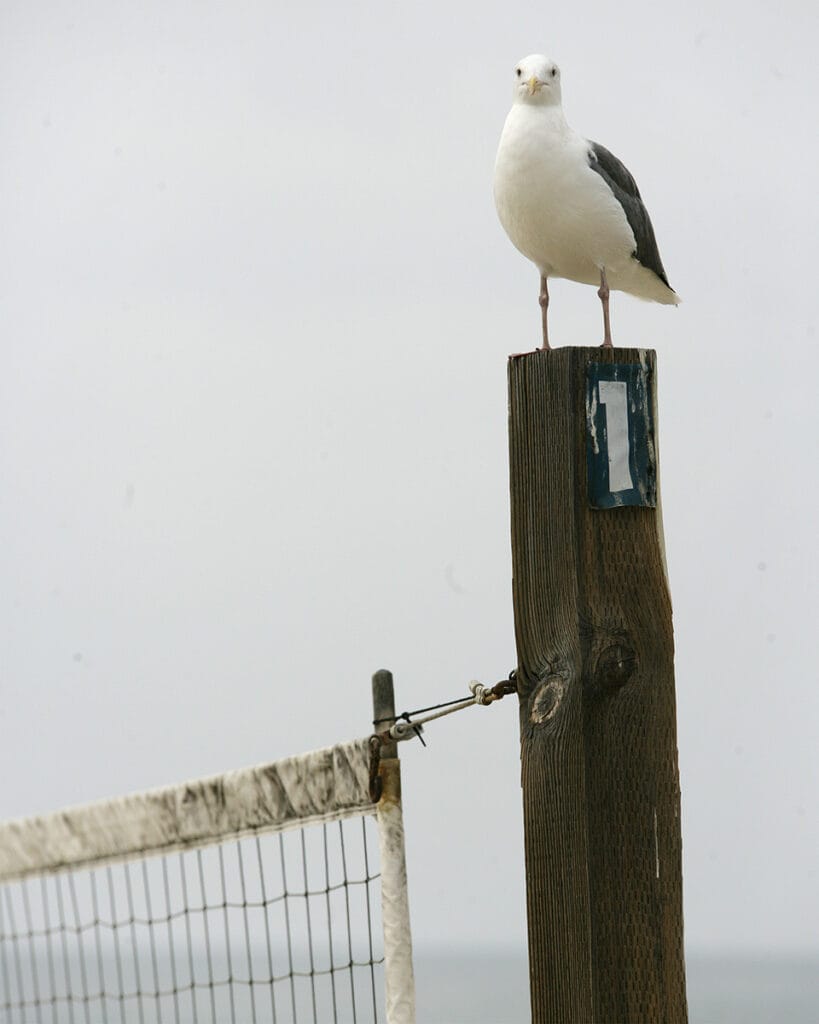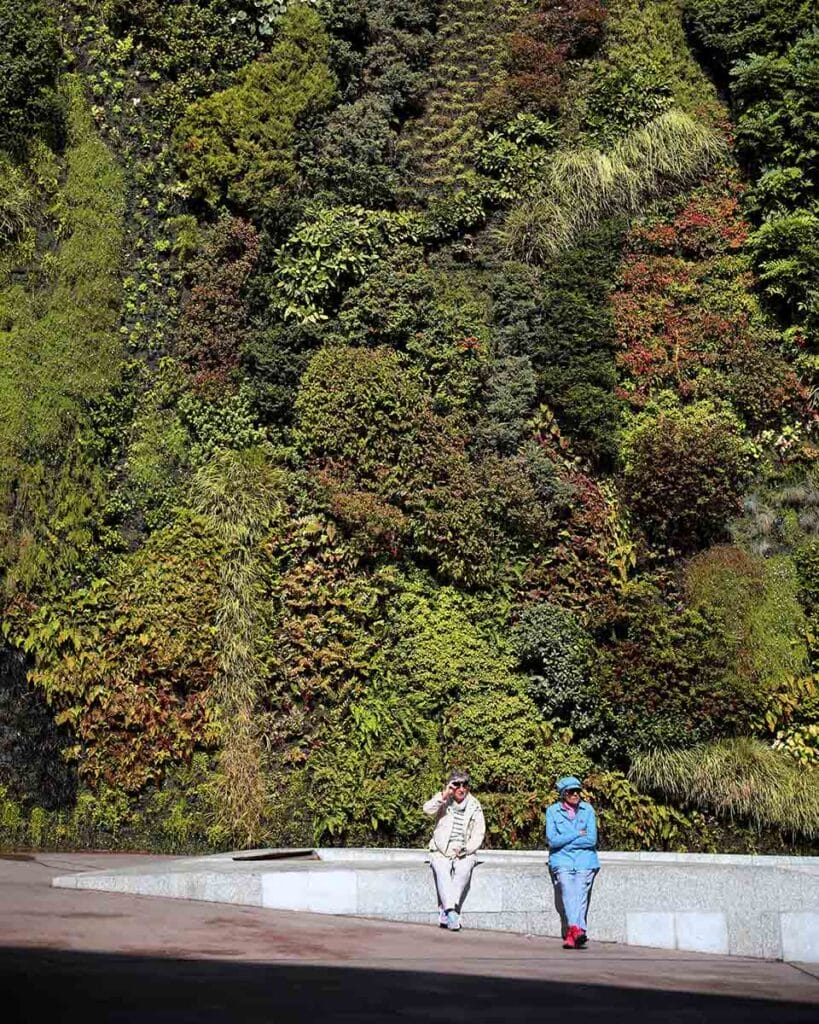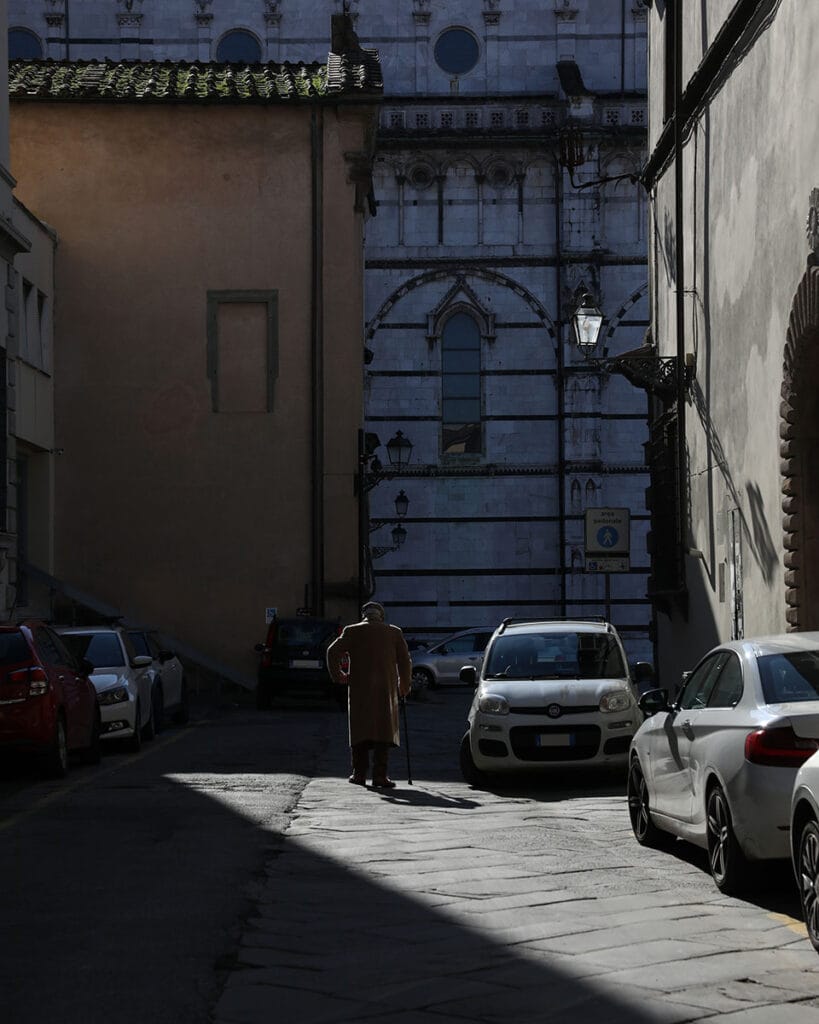Of Lens & Mind, Travel Photography Tips & Insights
Photography, and the Art of Finding Beauty in Unexpected Places
I’ve learned something over the years as a photographer—not just as someone who clicks a shutter but seeing the world that extends beyond my camera. It’s a subtle skill that has nothing to do with gear or technique and/or or perfect symmetry. Sure, composition, light, and timing matter. It’s about training my mind to recognize beauty everywhere, even in the places others might overlook.
Whether I’m walking through streets in Shanghai or exploring Genoa’s Caruggi, I find myself seeing the world in frames. Imagining the ordinary as extraordinary. Finding a kind of quiet poetry in the overlooked corners of life. That, more than anything, is what drives my photography—and, honestly, my approach to life.
But here’s the thing: this way of seeing isn’t just for photographers; it’s something anyone can practice. Think about how a child views the world. Give a kid a pencil, and it instantly becomes a wand, or a sword. Give them a toy truck and it becomes a submarine, or a rocket ship. Give them an old hat, and suddenly they’re a film noir detective. Their minds haven’t been conditioned to see something a certain way, so they perceive what it could be instead. They don’t require grand scenery to find wonder; they see it everywhere.
What if we could all view the world like that? What if we could retrain ourselves to find beauty in unexpected places?

Loveland, Colorado

Ever Wondered Where Beauty Actually Lives?
I think we’ve all been led to believe that beauty is something you go out and find. You travel across the world to see it. It’s the sweeping view from a mountain peak, the famous painting in a museum, the “Instagram-worthy” alley in some European city. And yes, all of that is beautiful.
But there’s another kind of beauty—the kind that shows up quietly, without fanfare. The way morning light hits a weathered wall. The shape of a shadow cast on concrete. The glint in someone’s eye when they think no one’s watching.
In travel photography, I’ve learned that beauty doesn’t always arrive with grand architecture or dramatic sunsets. Sometimes, it’s in the way laundry dances in the breeze on a balcony or how colors collide in the clutter of a street vendor’s stall. It’s easy to overlook those moments because they don’t scream for attention. But they matter. They tell a story. They are the story.
The key is to stop waiting for beauty to appear fully formed. Instead, start looking differently. Loosen your expectations. Let your eyes wander like a child’s. When you do, everything around you becomes potential art.


Chicago, Illinois
Little Tricks That Help Me See Beauty in the Everyday
This didn’t happen overnight for me. It took practice, intentionality, and lots of slow wandering. But I promise—it’s a mindset you can develop. Here are a few things that help me see beauty more clearly, whether I’m holding a camera or not:
Frame the world—even without a camera
Start imagining everything around you as if it were a photograph. Where does your eye go first? What lines or colors create balance? What’s the emotion or feeling in that moment? Even if you don’t take the shot, this mental framing will sharpen your sense of beauty.
Get closer
If the big picture feels too mundane, get closer. Literally. You’d be amazed by the textures of your surroundings- the details of your dogs wet nose, or the way raindrops collect on the leaves of plants. Sometimes beauty hides in the smallest corners.

Florence, Italy

Florence, Italy

Joshua Tree, California
Try a new lens—real or metaphorical
When I use a telephoto lens, I see the world compressed. It flattens distance and highlights relationships I’d otherwise miss. You can do the same just by shifting your perspective—kneel down, step to the side, look through a reflection. Break the routine of how you see.
Follow the light
Light changes everything. Watch how it moves through your day. Notice how shadows stretch and fold, how reflections distort and shimmer. Light tells stories. You just have to listen.

Madrid, Spain

Lucca, Italy
Slow way down
This one’s tough, especially in our go-go-go culture. But the more you rush, the more you miss. Take a walk with no goal. Sit on a bench with no phone. Look around without trying to capture anything. The beauty will reveal itself.
See the boring differently
Some of my favorite shots that I’ve taken – especially when I was first starting out- came from the most “boring” places—a parking lot, a grass field, a laundromat, a broken window. Try looking at those spaces that you interact with daily with fresh eyes. Change your angle. Crouch down. Look up. You’ll be surprised by what you didn’t notice before, and how many interesting things are just waiting to be discovered by you, and your incredibly unique view of the world.

Florence, Italy
This Isn’t Just for Photographers—It’s for All of Us
Yes, this way of seeing is deeply useful for artists, especially photographers. It shifts how we create and express. But beyond the lens, it changes how we live.
When you start to find beauty in unexpected places, the world softens a bit. Your daily grind starts to feel like a quiet story unfolding instead of just a checklist. Even during hard seasons, this way of seeing can bring a strange kind of peace—a small, steady reminder that there’s still wonder out there, hiding in plain sight.
We live in a world flooded with distractions, constantly nudging us to look away. But when you train yourself to notice, to really see, you begin to realize that beauty has always been there—waiting patiently to simply be discovered – to truly be seen.
And eventually, you won’t need to search for it anymore.
It’ll just be how you see the world <3


